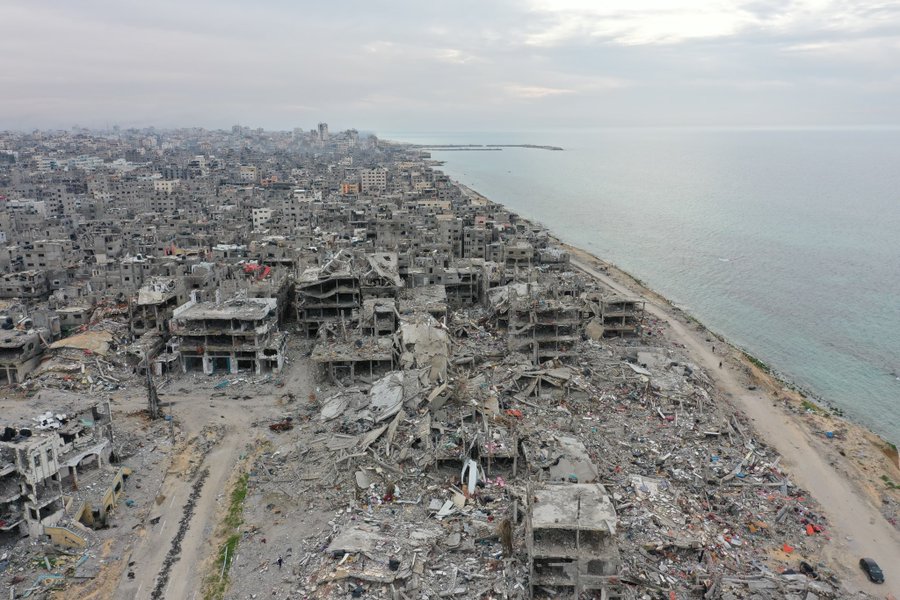COP26 was Full of Highs and Lows: What Really Happened?
COP is always a whirlwind.
The Conference of the Parties to the UN Framework Convention on Climate Change, which created the Paris Agreement, Kyoto Protocol, and other major climate change Accords, was held this year in Glasgow, Scotland. World leaders, private sector CEOs, indigenous representatives, and civil society advocates convened to make real progress on the Paris Agreement and to spur stronger dialogue on all the subthemes of climate action.
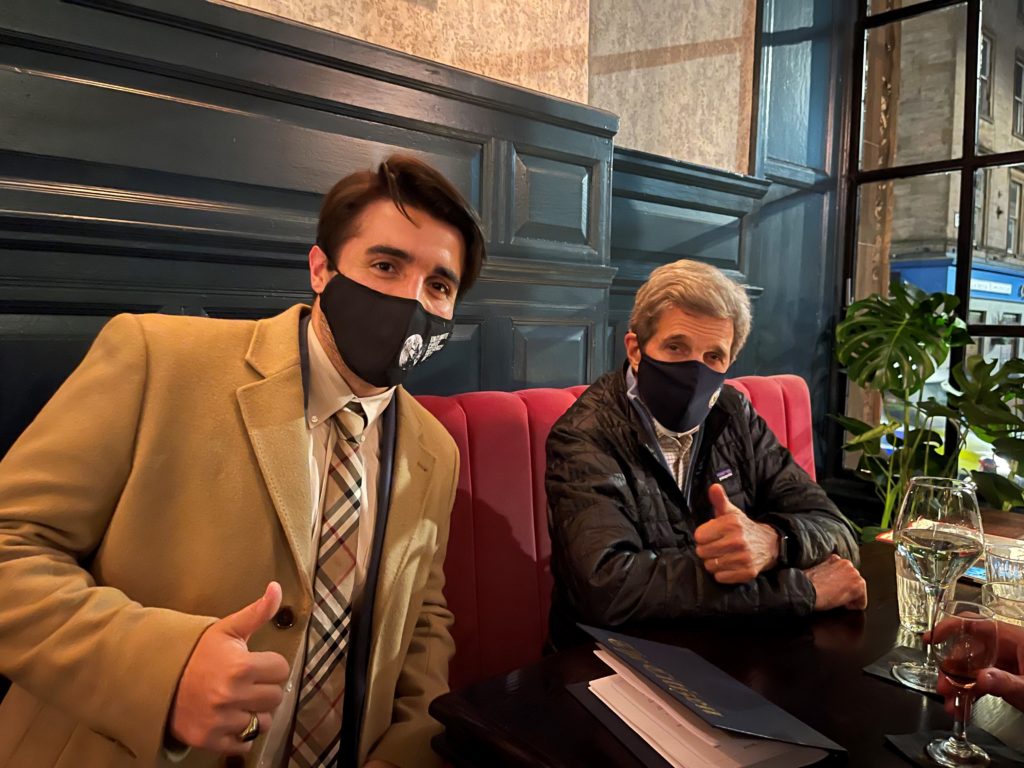
As a UNA-USA Global Goals Ambassador, my objective was clear: to deliver the voice of engaged Americans to COP, and to bring back the lessons of COP to all Americans. Through Instagram (@keyonrostam, @una.usa), Twitter (@KeyonRo) and even TikTok (@keyonro, @una.usa), we shared updates, but with the overload of announcements, headlines, and clickbait surrounding COP, it can be hard to understand what is significant and what is conference noise!
So, here’s what I see as some of the biggest outcomes, from negotiations to announcements to experiences:
The Negotiations
The heart of COP is the negotiations of climate treaties passed under the framework. At COP26, there were a whole host of outstanding areas that need to be resolved from the Paris Agreement. Long story short, after two long weeks, negotiators tied the bow on some issues, and continued to kick the can on others.
Out of left field, UK delegates helped to secure a unique deal called the Glasgow Climate Pact, where countries strongly committed to strengthening their Nationally Determined Contributions by the end of 2022, and made surprisingly firm stances against coal and fossil fuels.
By the same token, countries were unable to come to the table and secure the $100 billion annual financing commitment promised by 2020. Instead, they expressed “regret” and pledged to get up to speed by 2025, leaving multiple years of underfinancing and the potential for disaster in under resourced Small Island States.
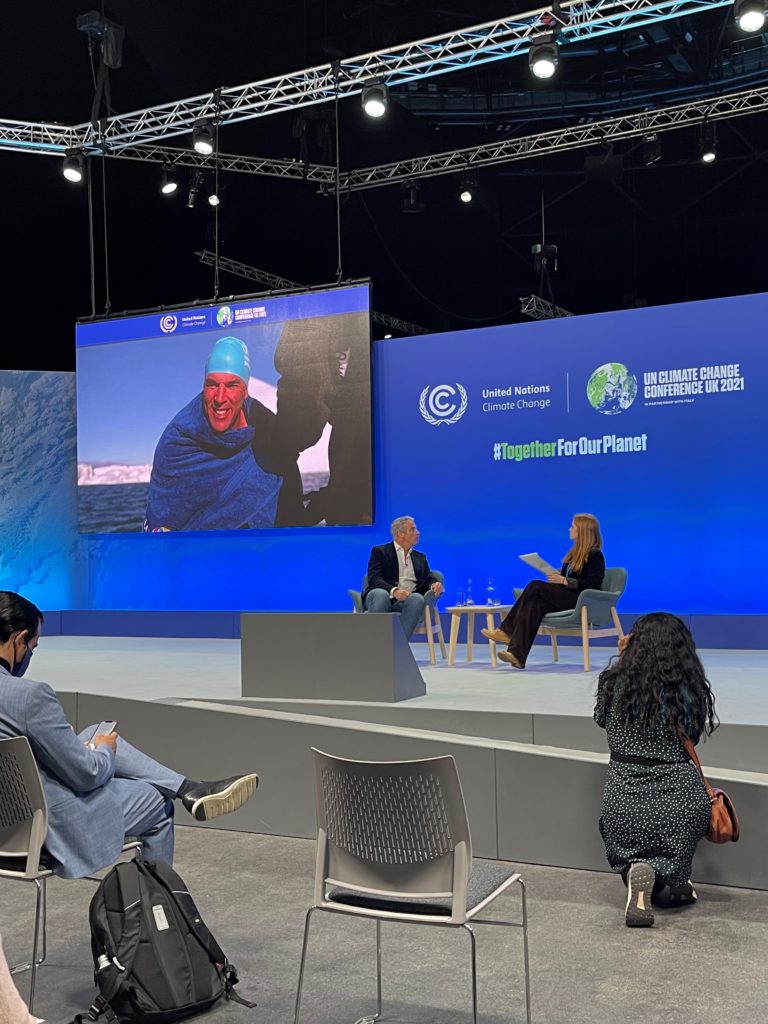
What may be the shining light in all of COP26 was my personal priority negotiating area: Article 6. After multiple years of failure in solidifying the rules for internationally trading emissions, Brazil and the United States signed off on text that would finalize the jigsaw puzzle and prevent countries from “double counting” their emissions. This consensus on Article 6 truly saved the Paris Agreement from falling apart, and breathed life back into the possibility of limiting global temperature rise to 1.5 degrees Celsius.
The Side Announcements
Beyond the official COP negotiating tracks, the UK, US, and major international partners were able to make massive pledges on certain climate areas. Most notable of these announcements was the Global Methane Pledge, a commitment to reduce global methane emissions by 30% through 2030. Methane, which traps 80 times as much heat as CO2 in the short term, is an essential greenhouse gas to eliminate, and this pledge will be immediately felt across the world as emissions reduce.
The Experience
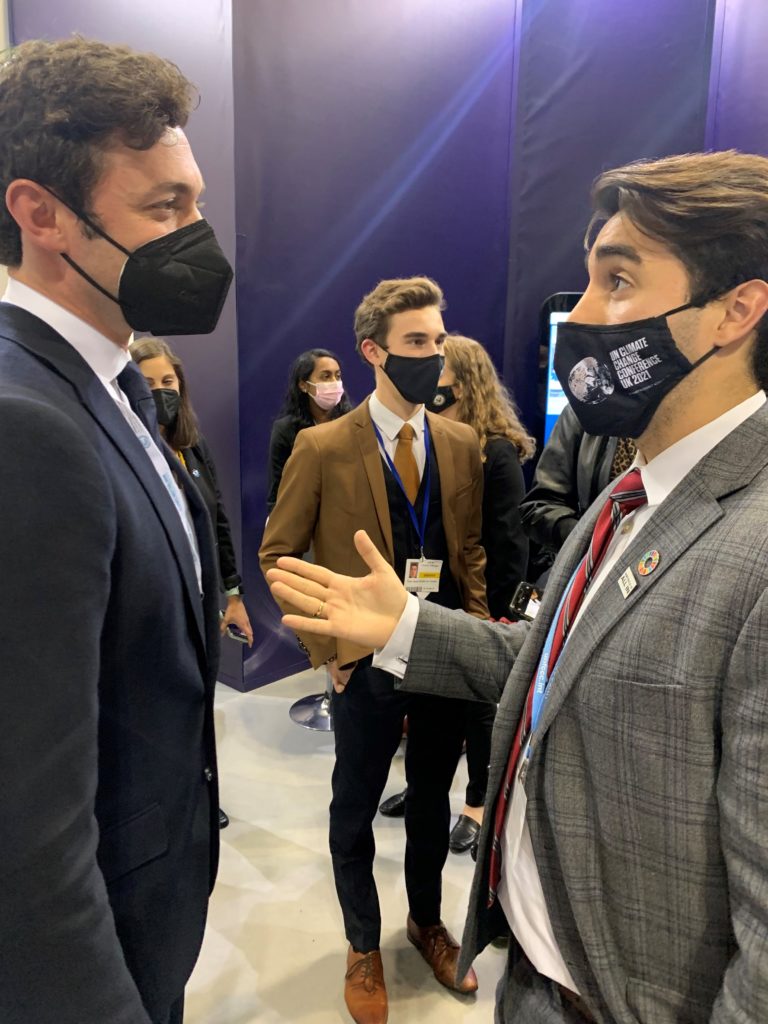
This was my fourth COP, and each year I strive to make a larger impact by engaging with as many delegates on the ground to find common areas to bring climate solutions back home. This year, there was no shortage of opportunity to collaborate, and I had the honor of working with amazing partners! From conducting a live UNA-USA interview at the Facebook Booth with Tom Steyer, Co-Executive Chair of Galvanize Climate Solutions, to speaking at length with Senator Jon Ossoff and other U.S Representatives about the role that UNA-USA and America plays in delivering international UN action, I made sure to keep the voices of young Americans back home at heart, and took their valuable words with me.
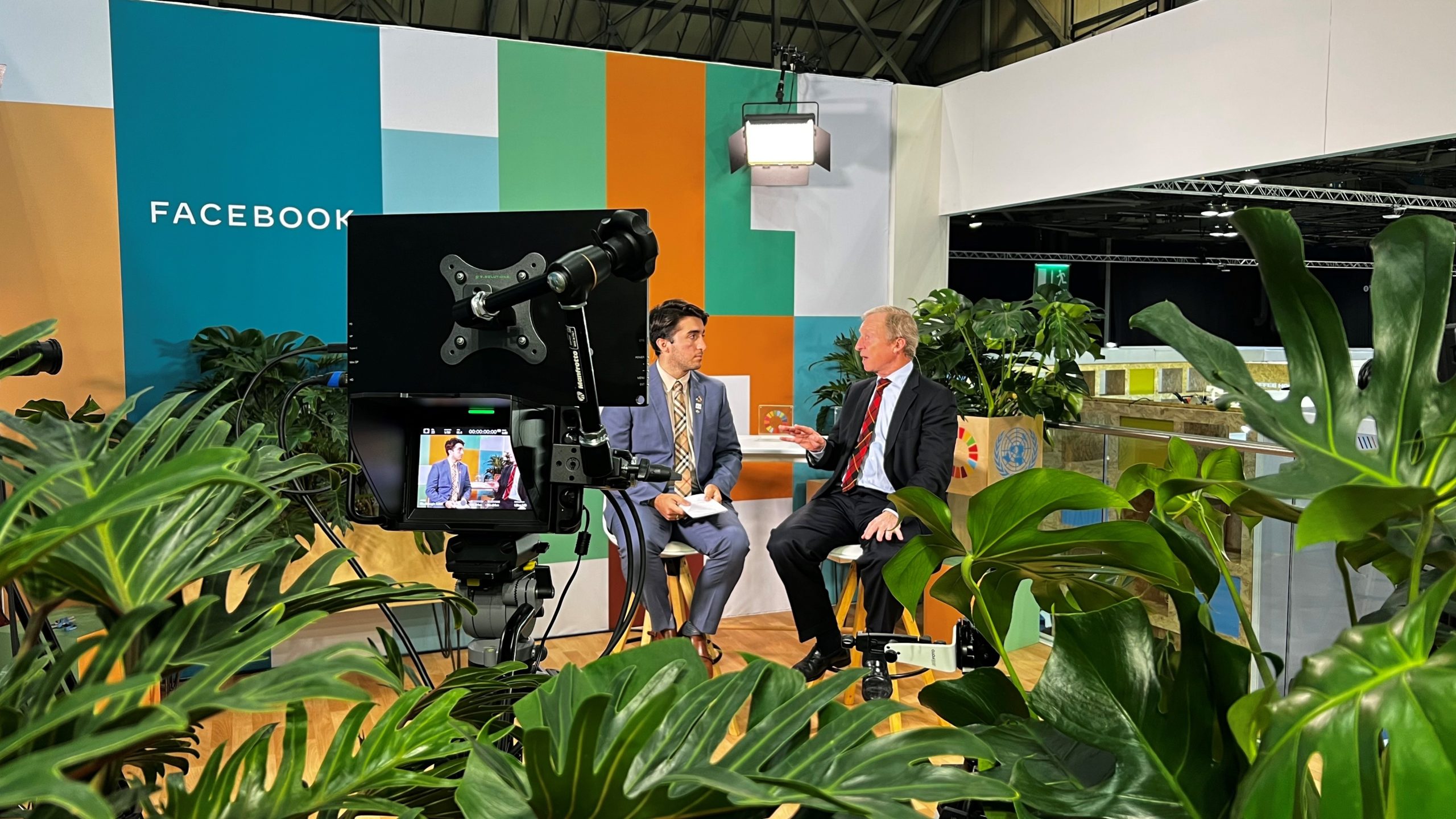
If I am given the honor of attending COP27 (especially if any of you will be there with me) I will have three key lessons to prepare with:
- Listen to as many voices as possible because everyone there brings valuable perspective and is driven to make change.
- Make a plan because there are too many events to count and being unprepared means you will be shuffling between pavilions all day and missing the heart of discussion!
- Never forget who you are representing and why they so urgently need your presence there because the more we can normalize a sense of climate urgency, the sooner we can tackle the climate emergency.
The road ahead is challenging, but it’s still there! Onward.



